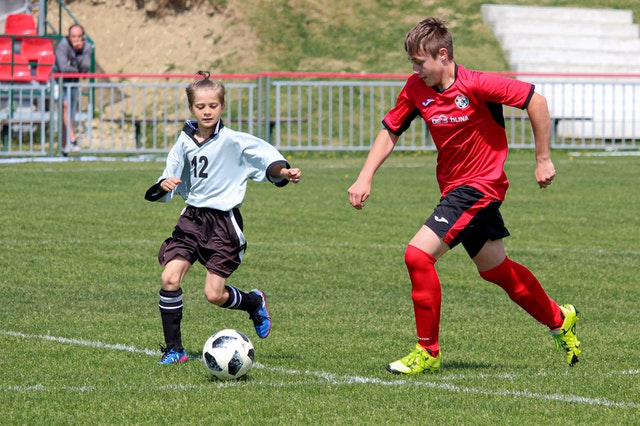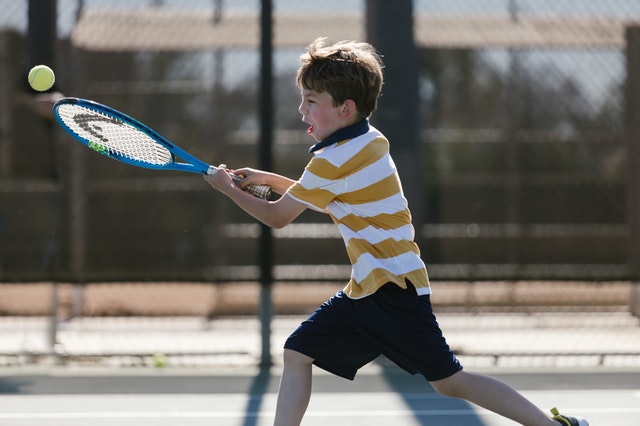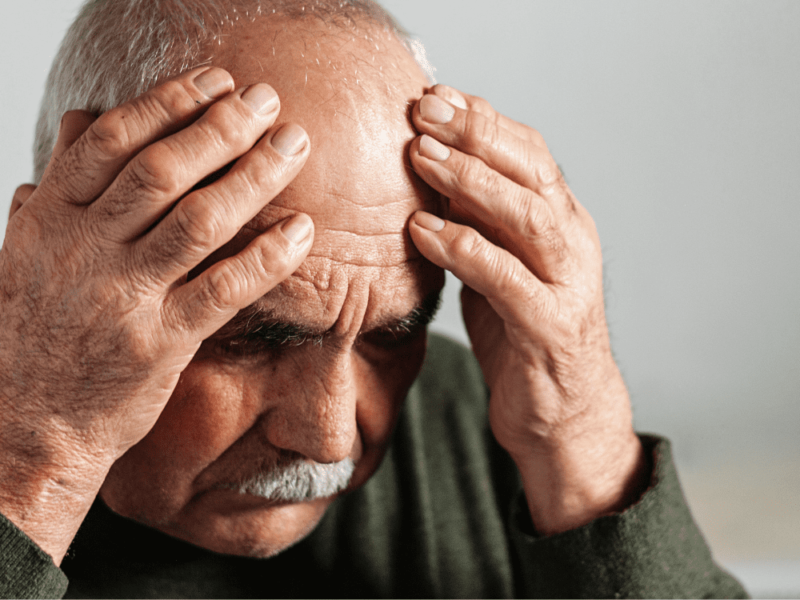
天然聰明藥-單次性中、高強度身體活動與ADHD
文/闕廷宇 國立臺灣師範大學體育與運動科學系博士候選人
不專心、衝動!這是孩童令家長及老師們相當頭痛的表現,長期下來,極有可能影響到他們的學業表現及同儕關係。這些正是注意不足過動症 (Attention-deficit/hyperactivity disorder, 以下簡稱ADHD) 孩童典型的行為特徵。ADHD是孩童中常見的精神障礙之一,研究指出ADHD在全球的盛行率約有 7.2% 1,也就是在一個30人的班級裡,就約有2位患有ADHD,且當中有60%的孩童ADHD相關症狀延續到成人之後2。研究發現ADHD孩童在大腦結構及系統功能上與典型發展的孩童並不一樣3-5,這可能是導致ADHD孩童無法有較佳的執行功能 (成功人生的關鍵角色 執行功能),來管控他們的行為表現。
服用中樞神經興奮藥物(註一),例如:利他能 (學名派醋甲酯,Methylphenidate) 通常是用來幫助ADHD孩童提升執行功能的第一線方法6 7。然而,研究也顯示,服用此類藥物存在著一些潛在的副作用風險,例如:失眠、食慾不振、頭痛和生長速度下降……等8 9。因此,我們一直在尋找,是否有天然又有效的方法,來讓患有ADHD的孩童擁有(短暫的)最佳狀態呢?(服用藥物也有時效性)
很高興透過科學證據,我們發現了從事一次性15至30分鐘中、高強度身體活動是一項不錯的選擇(一次運動讓你擁有最佳狀態)! 當我們從事中、高強度身體活動時,大腦神經生化反應會與服用中樞神經興奮藥物後有類似的結果,其背後促進執行功能的機制,主要是透過適當的增加兒茶酚胺相關神經調節物質(neuromodulators) 濃度10。最近由臺師大運動心生理學群實驗室、臺灣大學運動認知神經科學實驗室與英國、瑞士及美國學者們的跨國合作研究發現 (註二),從事單次性15至30分鐘中、高強度身體活動,能有效地短暫促進ADHD孩童的執行功能表現。研究透過提供高證據力的統合分析(meta-analysis)方式來瞭解單次性中、高強度身體活動對於ADHD孩童執行功能表現的效果。統整10篇相關研究後發現ADHD孩童在進行一次性中、高強度身體活動之後,執行功能有顯著提升 (效果量 = 0.25–0.32 )。
採用藥物治療,可能是醫界認為最直接快速的手段。然而從事規律的中、高強度身體活動,已被證實可以提升孩童體適能、心血管功能及骨骼健康……等有效方式11,更不會有前述因藥物而起的副作用風險。即便僅執行一次也能讓ADHD孩童在運動後有較佳的執行功能表現,不僅健身又健腦。
如果你還在為要如何讓ADHD孩童好好專心而傷腦筋的話,讓他們進行有系統性15至30分鐘中、高強度的身體活動吧!真是一個很不錯的策略喔!
註一:在美國許多非ADHD的學生會服用中樞神經興奮藥物來幫助自己提升專注力。
註二: Chueh, T.-Y., Hsieh, S.-S., Tsai, Y.-J., Yu, C.-L., Hung, C.-L., Benzing, V., Schmidt, M., Chang, Y.-K.,Hillman, C. H.,& Hung, T.-M. (accepted). Effects of A Single Bout of Moderate-to-Vigorous Physical Activity on Executive Functions in Children with Attention-Deficit/Hyperactivity Disorder: A Systematic Review and Meta-Analysis (accepted). Psychology of Sport and Exercise. (SCI, IF = 4.785, 10/77 (Q1, 87.66%) in Psychology)
參考文獻
- Thomas R, Sanders S, Doust J, et al. Prevalence of attention-deficit/hyperactivity disorder: a systematic review and meta-analysis. Pediatrics 2015;135(4):e994-e1001.
- Sibley MH, Swanson JM, Arnold LE, et al. Defining ADHD symptom persistence in adulthood: optimizing sensitivity and specificity. Journal of child psychology and psychiatry 2017;58(6):655-62.
- Wang Y, Zuo C, Xu Q, et al. Attention-deficit/hyperactivity disorder is characterized by a delay in subcortical maturation. Progress in Neuro-Psychopharmacology and Biological Psychiatry 2020:110044.
- Bellato A, Arora I, Hollis C, et al. Is autonomic nervous system function atypical in attention deficit hyperactivity disorder (ADHD)? A systematic review of the evidence. Neuroscience & Biobehavioral Reviews 2020;108:182-206.
- Arnsten AF, Pliszka SR. Catecholamine influences on prefrontal cortical function: relevance to treatment of attention deficit/hyperactivity disorder and related disorders. Pharmacology Biochemistry and Behavior 2011;99(2):211-16.
- Wolraich ML, Hagan JF, Allan C, et al. Clinical practice guideline for the diagnosis, evaluation, and treatment of attention-deficit/hyperactivity disorder in children and adolescents. Pediatrics 2019;144(4):e20192528.
- Mueller A, Hong DS, Shepard S, et al. Linking ADHD to the neural circuitry of attention. Trends in cognitive sciences 2017;21(6):474-88.
- Newcorn JH, Stein MA, Cooper KM. Dose–response characteristics in adolescents with attention-deficit/hyperactivity disorder treated with OROS® methylphenidate in a 4-week, open-label, dose-titration study. Journal of child and adolescent psychopharmacology 2010;20(3):187-96.
- Swanson JM, Elliott GR, Greenhill LL, et al. Effects of stimulant medication on growth rates across 3 years in the MTA follow-up. Journal of the American Academy of Child & Adolescent Psychiatry 2007;46(8):1015-27.
- Pontifex MB, McGowan AL, Chandler MC, et al. A primer on investigating the after effects of acute bouts of physical activity on cognition. Psychology of Sport and Exercise 2019;40:1-22.
- Bull FC, Al-Ansari SS, Biddle S, et al. World Health Organization 2020 guidelines on physical activity and sedentary behaviour. Br J Sports Med 2020;54(24):1451-62.






